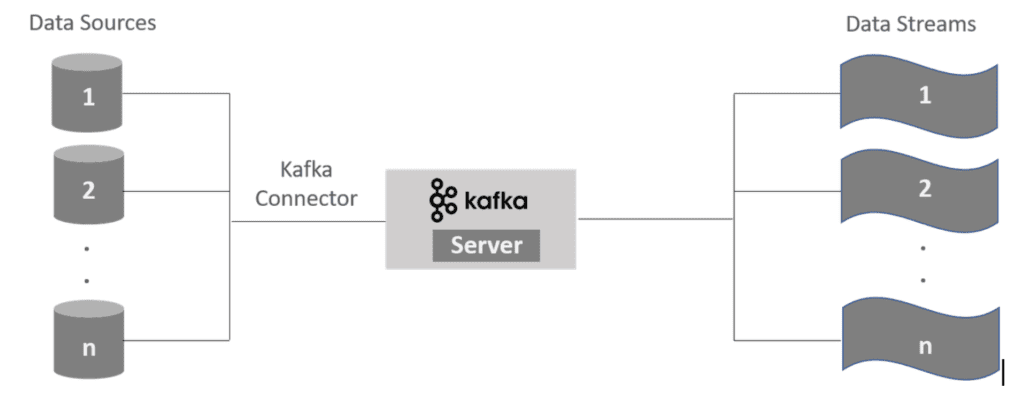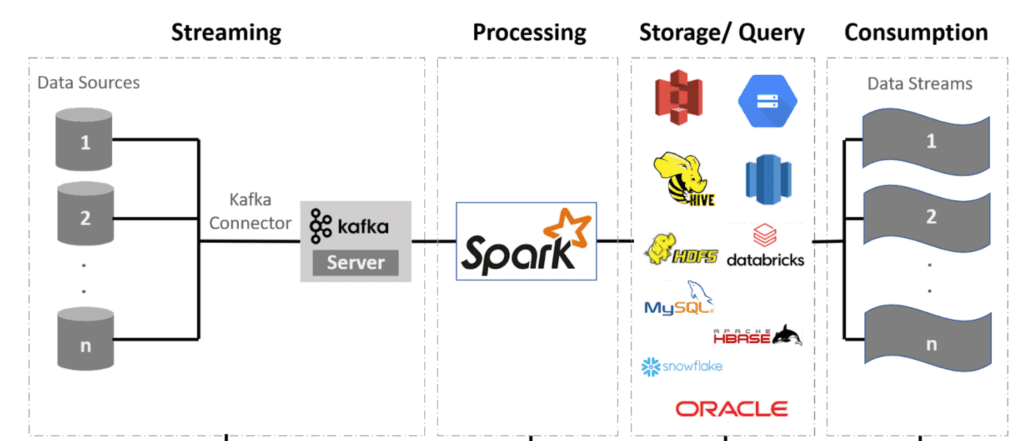
Data teams struggle to clean and validate incoming data streams using ETLvalidation scripts, which can be costly, time-consuming, and difficult to scale. This will only get worse as enterprises contend with the projected 3x in data growth over the next five years. In order to have control over data operations and ensure effective cleansing and validation of data, enterprises will need to adapt to an automated approach.
Rather than leaning on inefficient ETL validation scripts, a data observability solution can automatically clean and validate incoming data pipelines in real-time. This will help enterprises make data-driven decisions based on the most current and accurate data in their environment.
Why do data teams rely on manual ETL validation scripts?
ETL validation scripts provide a number of key advantages for data engineers because they are:
1. Powerful, usable, and work for a wide range of use-cases
ETL validation scripts can be powerful tools that can transform large datasets and make them more usable. Data engineers rely on manual ETL validation scripts because they are largely language agnostic and there is no new learning curve needed. They also work well for a wide range of use-cases.
2. Flexible enough to adapt to legacy tech, systems, and processes
Manual ETL validation scripts are flexible enough to work with legacy technologies, data systems, and processes that companies may not want to change. So moving away from manual ETL validation scripts may have other switching costs that aren’t always obvious to someone outside the data team.
3. Additional investment is not required
There are no upfront costs to use manual ETL validation scripts, as the skill set is typically already present in every data team. Whereas you might need to invest a few thousand dollars into an integrated solution that can automatically clean and validate incoming data streams.
4. There are fewer risks and unknowns
Compared to the traditional method of writing ETL validation scripts manually, introducing a new technology or application might prove to be more costly or resource-intensive in the long run. Also, the new technology may not give data teams complete control. Some engineers prefer to build their tech needs from scratch rather than adopt a new technology.
However, manual ETL validation scripts also have certain inherent limitations.
What are the limitations of using manual ETL validation scripts to clean and validate data?
1. Can’t handle incoming real-time data streams
ETL validation scripts were designed to handle stable, data at rest, in bounded batches. They can’t handle continuous data streams coming in from complex data pipelines, across cloud, hybrid and elastic system architectures.
As more enterprises move towards digital transformation, they increasingly need to analyze incoming real-time data streams, but using manual ETL validation scripts results in time lags because they can only process these incoming data streams in bounded batches.
2. Delays in analyzing real-time data streams can result in lost business opportunities
In today’s competitive business landscape, it is untenable to have time lags while analyzing incoming real-time data streams. Being unprepared to engage with prospects when they want to interact or not using live data from third-party sources as it becomes available can result in lost business opportunities.
Enterprises are looking to use data and analytics to better serve their users and to better compete in their markets. To make better decisions, they need information and insights in real-time. Manually created ETL validation scripts can’t support this need.
3. Higher data infrastructure costs and more engineering time effort
Manual ETL validation scripts work well with existing systems, but struggle to adapt to new changes and technologies. When compared to storing data streams in data warehouses and then running resource-intensive ETL validation scripts, a streaming platform like Kafka can effectively handle real-time data streams with far fewer resources.
Even more importantly, data engineering teams lose valuable time cleaning and validating data, when they could be working on more high-value activities such as data analytics to inform business decisions, optimizing data pipelines or lowering data infrastructure costs.
4. Causes constraints on resources and data quality problems
People and compute resources may not always be available to write and execute custom ETL validation scripts. This can create further time delays. And, as members of the data engineering team move on, they take legacy knowledge with them and it becomes harder for their replacements to maintain the existing scripts.
Any new changes to data architectures, systems, schemas or processes may make existing scripts outdated. So, data engineers will need to create new (or update the existing) ETL validation scripts once again.
Lastly, manual ETL validation scripts can introduce data quality/ accuracy problems which usually occurs because the ETL validation scripts incorrectly transformed and mapped the data. Or it can occur because of differences in data validation rules between source and target systems.
What are the benefits of automatically validating data streams in real-time?
Enterprises in sectors such as finance and healthcare need to validate thousands of new customer records, every day. They don’t always have full control over the quality and accuracy of these records because they work with data from partners, external websites, and third-party sources.
The onus falls on their data engineers to identify records that have incomplete information. This might include missing phone numbers, incorrect email addresses, and incomplete social security numbers. Data engineers must spend hours writing repetitive manual ETL validation scripts to clean and validate these huge incoming data streams. This locks up several hours of productive engineering time that can otherwise be spent on more high-value tasks. This costs enterprises much more than the cost of data observability solutions.
Also, because enterprises spend money on acquiring and processing customer records, they lose money on incomplete and incorrect records. If they validate incoming customer records in real-time, they are far less likely to avoid paying for incomplete incorrect records. Enterprises also need fewer data infrastructure resources which further reduces their overall cost of handling data.
How to clean and validate real-time data streams automatically
Using a data observability platform along with Kafka can give you more control over your data pipelines and help you monitor the internal events in the Kafka ecosystem for faster throughput and better stability.
You can clean and validate real-time data streams by connecting a Kafka server to one or more incoming data sources such as databases, sensors, websites, affiliates, and other third-party sources. The data source is connected to a Kafka server via Kafka Connect. And as shown below, you can then stream any number of data streams from the Kafka server.

Kafka streaming with data observability lets you analyze the data stored in your Kafka cluster and monitor the distribution of real-time data streams. Events are any occurrences of a stream or message in a pipeline. This allows you to monitor the internal events in the Kafka ecosystem for faster throughput and better stability.
Instead of relying on ETL validation scripts to clean and validate incoming data, data observability allows you can automatically flag incomplete, incorrect and inaccurate data in real-time, without needing any manual interventions.
It’s important to have a data observability platform that integrates with all the data systems in your environment. This includes a processing engine such as Spark, and modern storage/querying platforms such as Amazon S3, Hive, HBase, Redshift and Snowflake. You also want to be able to integrate with conventional data storage systems such as MySQL, PostgreSQL and Oracle databases.

Automatically cleaning and validating your real-time data streams allows your data team to innovate
Repetitive tasks such as running ETL validation scripts can eat up time and thwart innovation within teams. Enterprises unknowingly limit what their talented data engineers can accomplish by burdening them with time-consuming tasks such as writing manual ETL validation scripts, cleaning data, preparing it for consumption and firefighting data problems when they occur.
